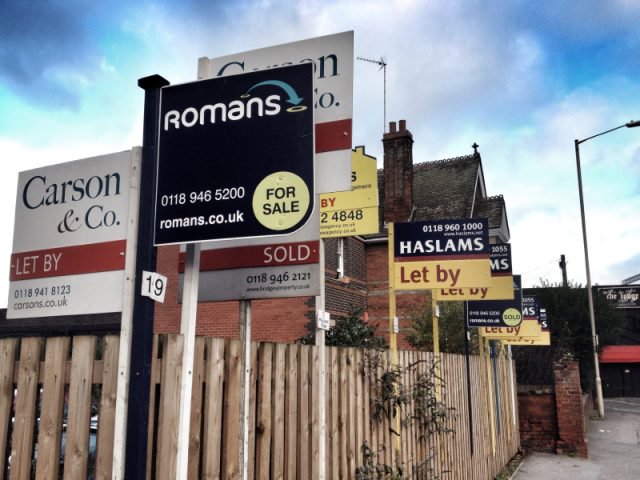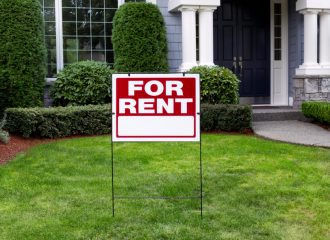Average House Price Rose 1.4% in May
The average property price in the UK rose 5.6% annually and 1.4% monthly in May, making the average house price £212,495, revealed the latest data from haart estate agents.
In London, the market is gaining momentum again after uncertainty surrounding the general election. Prices are up 16.7% year-on-year and 3.4% on a monthly basis, to an average of £536,286.
The capital has also experienced an upsurge in sales, recording the highest monthly rise since August 2014. The monthly data report from haart also found that in May, there were 11 potential buyers for every available property around the country. In London, this is 20 per home.
These figures indicate a slight fall in activity both annually and monthly. However, it is clear that the market is still busy and consumer confidence is high.
Overall research from haart reveals a steady increase in house prices since November 2014, which has been fuelled by high levels of demand and low supply.
The average first time buyer property price is also on the up, rising 4.3% annually and 1.7% month-on-month. The amount of new buyers registering has risen slightly, up by 0.3% since April.
However, on an annual basis, the number of new buyer registrations is down 12.7%. The estate agent says that this was expected after particularly high levels of buyer activity in 2014. First time buyer registrations also dropped during the same period.
The amount of new properties coming onto the market has grown by 2.6% monthly and haart says that this indicates that vendors are confident in putting their house up for sale.
The average loan granted to a first time buyer has risen 4.2% yearly to just under £130,000. This reflects high institutional confidence in lending.
haart’s data also revealed that North London is the most expensive postcode area, with prices up 36% annually to an average of £667,944. The North West is the only area of the capital where the average home is still under £400,000.
CEO of haart, Paul Smith, says that will all the current market optimism and low mortgage rates, more people will aspire to buying. However, due to the lack of supply, property will become more unaffordable for many.
He continues: “First time buyer activity in London is down significantly, with 30% fewer first time buyer registrations in May 2015 compared to May 2014. The result will be that young professionals are driven from key areas, as they can’t afford to live there.
“This is bad news for local economies and the UK as a whole, and we need at least 200,000 homes built every year across the next Parliament to keep the housing supply crisis under control.”1
1 http://www.propertywire.com/news/europe/uk-national-house-prices-2015062910682.html











